Communication > Research Paper > LEEDS UNIVERSITY: School of Media and Communication FACULTY OF ARTS, HUMANITIES AND CULTURES: COMM 5 (All)
LEEDS UNIVERSITY: School of Media and Communication FACULTY OF ARTS, HUMANITIES AND CULTURES: COMM 5140 Semester 1. Communication and Media: Genre and the Representation Theories. 2500 Words. No Plagiarism.
Document Content and Description Below
Learning outcomes • Familiarity with central issues in Media and Communication theory including the development of key ideas. • Understanding of the nature of theory in media and communication s... tudies, including the strengths and limitations of a range of theoretical approaches. • Ability to critically evaluate theoretical approaches in Media and Communication theory Essay titles For your first assignment (worth 30% of your final mark you must chose a title from the below options. You may not change the title. 1) Representation matters. Discuss with reference to two theoretical approaches. 2) Adorno and Horkheimer's (1947) argument about the culture industry continues to have explanatory power. Discuss. 3) Early approaches to theorising the audience have been criticised as elitist. How fair is this, and how, and how successfully have audience theorists reinvented the field? Essay 2. With reference to a case study of your choice, discuss the value and limitations of any of the major theoretical approaches you have encountered on this module. Notes on essay 2 This assessment requires you to apply a theory of your choice to a case study of your choice. The pairing should aim to show what the theory can elucidate and what elides. In each seminar we will discuss possible applications of these approaches to build up a ‘portfolio’ of inspiration. You should therefore keep notes in seminars of the examples that we use. Your notes on lectures 1 and 11 will also provide a good foundation in the nature of theoretical enquiry. Week 1: Thursday 29th September Reading and using theory In the first lecture we will consider what theory is for and talk about how we will approach learning in this module. We will also overview the key themes, concepts and debates that we will be exploring in subsequent weeks. Last but not least we will discuss the module requirements, objectives, learning outcomes and assignments Seminar Required Reading Mattelart, A. and Mattelart M. (1998) Theories of Communication: A Short Introduction. London: Sage. ‘Introduction’. Available in the digitized course readings folder in the VLE Further Reading Boyd-Barrett, O. and Newbold, C. (eds.) (1995) Approaches to Media: A Reader. London: Arnold, Section 1. Carey, J. (1989) Communication as Culture. London: Unwin. Chapter 1, especially. Corner, J. (2011) Theorising Media: Power, Form and Subjectivity. Manchester: Manchester University Press Corner, J. (1995) Media Studies and the 'knowledge problem'. Screen 36(2), 147-155. Available here: http://screen.oxfordjournals.org/content/36/2/147.full.pdf Couldry, N. (2013) Media, Society, World: Social Theory and Digital Media Practice. Cambridge: Polity Craig, R. (1999) ‘Communication Theory as a Field’. Communication Theory 9(2): 119-61. Curran, J. and Gurevitch, M. (2005) (eds.) 4th edition Mass Media and Society. London: Arnold. Katz, E., Peters, J D., Liebes, T., and Orloff, A. (2003) (eds.) Canonic Texts in Media Research: Are There Any, Should There Be, How About These. Cambridge: Polity. Lievrouw, L. A. and Livingstone. S. (eds.) (2002) The Handbook of New Media. London: Sage. Martin-Barbero, J. (1993) Communication, Culture and Hegemony: From the Media to Mediations (Trans. E. Fox and R. A. White). London: Sage. Mattelart, A. (1996) The Invention of Communication. Minneapolis: University of Minnesota Press. McLuhan, M. (2001) Understanding Media: The Extensions of Man. London: Routledge. Introduction and Chapter 1, especially. McQuail, D. (2005) Mass Communication Theory. London: Sage. Chapters 3 & 4. Meyrowitz, J. (1985) No Sense of Place: The Impact of Electronic Media on Social Behavior. New York; Oxford: Oxford University Press. Peters, J. (1999) Speaking into the Air. Chicago: University of Chicago Press. Silverstone, R. (2007) Media and Morality: On the rise of the Mediapolis. Cambridge: Polity. Silverstone, R. (1999) Why Study the Media? London: Sage. Chapter 2. Available in the digitized course readings folder in the VLE Week 2: Thursday 6th October Media and Power In this session we examine some of the ways in which scholars have addressed the question of the power of media. We will consider which assumptions (about media, people and society) underlie these different approaches, focusing on both the critical stance of the Frankfurt School and its damning account of The Culture Industry, alongside the pluralist approach to power of researchers working at Columbia University. Seminar Required Reading Horkheimer, M. and Adorno, T. W (1947/1972) ‘The Culture Industry: Enlightenment as Mass Deception’ in M. Horkheimer and T. W. Adorno (1947/ 1997) Dialectic of Enlightenment. (Trans. John Cumming.) London: Verso. (This book contains the classic essay ‘The Culture Industry’, (originally published in German in 1947 and translated into English in1972). Available in the digitized course readings folder in the VLE. Thompson, J. (1990) ‘Ideology in Modern Societies’ in Ideology and Modern Culture: Social Theory in the Era of Mass Communication. Cambridge: Polity. Available in the digitized course readings folder in the VLE Further Reading Adorno, T. W. (1991) The Culture Industry: Selected Essays on Mass Culture. London: Routledge. Corner, J. (1995) ‘Medium and Political Order’ in Television Form and Public Address. London: Edward Arnold. Boyd-Barrett, O. and Newbold, C. (eds.) (1995) Approaches to Media: A Reader. London: Arnold. Sections 4 & 7. Curran, J. (2002) Media and Power. London and New York: Routledge. Curran, J., and Couldry, N. (2003) (eds.) Contesting Media Power: Alternative Media in a Networked World. Lanham, Maryland: Rowman and Littlefield. Davis, A. (2007) The Mediation of Power: A Critical Introduction. Routledge: London. Lazarsfeld, P.F. (1941) ‘Remarks on administrative and critical communications research’. Studies in Philosophy and Social Science, 9(1): 2-16. Lash, S. and Lury, C. (2007) Global Culture Industry: The Mediation of Things. Cambridge: Polity. Lowenthal, L. (1961) ‘The triumph of mass idols’ in Literature, Popular Culture, and Society. Palo Alto, CA: Pacific Books. Lukes, S. (1974) Power: A Radical View, London, Macmillan. Silverstone, R. (2007) Media and Morality: On the Rise of the Mediapolis. Cambridge: Polity Press. Thompson, J. (1990) ‘Ideology in Modern Societies’ in Ideology and Modern Culture: Social Theory in the Era of Mass Communication. Cambridge: Polity. Available in the digitized course readings folder in the VLE Week 3: Thursday 13 October Representation This week we will address theories of media representation (text, image and sound) and think about how these have been used to explore the relationship between media, culture and power. We will look at how ‘representation’ is used to think about the media's role in constructing society's ideas about ‘race’, gender and class. Seminar Required Reading Gill, R. (2007) Gender and the Media. Cambridge: Polity. Chapter 1, available in the digitized course readings folder on the VLE. Hall, S. (1997) (ed.) Representation: Cultural Representation and Signifying Practices. Chapter 1, available in the digitized course readings folder in the VLE Further Reading Barthes, R. (1977) ‘The Rhetoric of the Image’ in Image, Music, Text (Trans. S. Heath). London, Fontana: 32-51. ― (1973 [1957]). Mythologies. London: Paladin. Broadcasting Standards Commission (OFCOM predecessor) (1999) ‘Sreberny, A. ‘Include Me In’. http://www.ofcom.org.uk/static/archive/bsc/pdfs/research/Include.pdf Fiske, J. (1987) Television Culture. London: Methuen. Gill, R. (2008) ‘Empowerment/ Sexism: Figuring female agency in contemporary advertising.’ Feminism and Psychology 18(1):35-60 Hermes, J. (2004) ‘A Concise History of Media and Cultural Studies in Three Scripts: Advocacy, Autobiography, and the Chronicle,’ in Ed. J. Downing, The SAGE Handbook of Media Studies. London: Sage, 251-270 Hollows, J. (2003) ‘Feeling like a Domestic Goddess: Postfeminism and cooking.’ European Journal of Cultural Studies, 6(2): 179-202. Grossberg, L. Nelson, C. and Treichler, P.A. (eds.), Cultural Studies. London and New York: Routledge. Jenkins, H. (2007) ‘Nine propositions towards a cultural theory of Youtube’ http://www.henryjenkins.org/2007/05/9_propositions_towards_a_cultu.html) Macdonald, M. (2003) Exploring Media Discourse. London: Arnold. McRobbie, (1999) ‘More! New sexualities in girls’ and women’s magazines’ in Angela McRobbie, In the culture society: art, fashion, and popular music, New York: Routledge. McRobbie, A. (2009) The Aftermath of Feminism: Gender, Culture and social change. London: Sage. Negra, D. (2009). What a Girl Wants? Fantasizing the Reclamation of Self in Postfeminism. London: Routledge. Ofcom (2005) ‘The representation and portrayal of people with disabilities on analogue and terrestrial television’ 13 December. http://stakeholders.ofcom.org.uk/market-data-research/tv-research/portrayal/ Ross, K. (1996) Black and White Media. Cambridge: Polity. Said, E. (1978) Orientalism. Harmondsworth: Penguin. Van Zoonen, L. (1994) Feminist Media Studies. London: Sage. Week 4: Thursday 20 October Audiences This week we turn to another hotly debated topic in media theory: the relationship between media and audiences. Assumptions about, and concerns for, the audience (consumer/citizen/ user) have long been central to divergent traditions in media and communication research. Where ideas about the audience are not empirically investigated they are very implicit. This session will explore the history of debates about the audience and audience research and the question of the audience in the age of ‘new media’. Seminar Required Reading Drotner, K. (1992) ‘Modernity and Media Panics’ in M. Skovmand and K.C. Schroder (eds.) Media Cultures: Reappraising Transnational Media. London: Routledge. Available in the digitized course reading folder in the VLE. Morley, D. (2006). 'Unanswered questions in audience research', The Communication Review, 9, (2): 101-121. Available here: http://lib.leeds.ac.uk/record=b2652053 Further Reading Abercrombie N., and Longhurst B., (1998) Audiences. London: Sage. Ang, I. (1985) Watching Dallas: Soap Opera and the Melodramatic Imagination.(Trans. Della Coulin). London and New York: Routledge. Athique, A. (2008). ‘Media audiences, ethnographic practice and the notion of a cultural field’. European Journal of Cultural Studies, 11(1): 25-41. Barker, M., and Petley, J. (2001) Ill Effects: The Media/Violence Debate. London: Routledge. Gillespie, M. (ed.). (2005). Media Audiences. Maidenhead: Open University/McGraw Hill. — (1995) Television, ethnicity and cultural change. London: Routledge. Hall, S. (1973/1980) ‘Encoding / decoding in the television Discourse’, in S. Hall et al. (eds.). Culture, Media, Language. London: Hutchinson: 117-127 Jenkins, H. (2006) Fans, Bloggers, and Gamers: Exploring participatory culture. New York; London: New York University Press. Livingstone, S. (2005) ‘On the relation between audiences and publics’ in S. Livingstone (ed.), Audiences and Publics: When Cultural Engagement Matters for the Public Sphere. Bristol: Intellect, pp.17-41. Milwood Hargrave, A., and Livingstone, S. (2006) Harm and Offence in Media Content: A review of the evidence. Bristol: Intellect. See particularly, Chapters: ‘Researching media effects’ and ‘Conclusions’. Seaman, W. R. (1992) ‘Active audience theory: Pointless populism.’ Media, Culture and Society, 14(2), 301-311 Thumim, N. (2012) Self-representation and Digital Culture. Basingstoke: Palgrave. Week 5: Thursday 27 October Public Sphere/s Returning to a focus on media, power and representation, this week we explore the idea of the public sphere. Following the work of Jürgen Habermas in particular, the public sphere has become a key and contested concept in the field of media and communication scholarship. In this session we will consider ideas of access and debate in mediated public sphere(s). Seminar Required Reading Fraser, N. (1990) ‘Rethinking the public sphere: a contribution to the critique of actually existing Democracy.’ Social Text 25/26: 56-80. Available here: http://lib.leeds.ac.uk/record=b1627354 Habermas. J., Lennox, S. and Lennox. F. (1974) ‘The Public Sphere: An Encyclopedia Article (1964).’ New German Critique, 3 (Autumn): 49-55. Available here: http://lib.leeds.ac.uk/record=b2206749 Further Reading Elliott, P. (1982) 'Intellectuals, the “Information Society”, and the Disappearance of the Public Sphere' Media, Culture and Society 4: 243-53. Fraser, N. (2007) Transnationalizing the Public Sphere: On the Legitimacy and Efficacy of Public Opinion in a Post-Westphalian World. Theory Culture & Society 24(4): 7-30. Gitlin, T. (1998) ‘Public Spheres or Public Sphericules?’ in T. Liebes and J. Curran (eds.) Media, Ritual and Identity, London: Routledge, 168-74. Habermas, J. (1989/1962) The Structural Transformation of the Public Sphere: An Inquiry into a Category of Bourgeois Society, Cambridge: Polity. Hermes, J. (2006)’ Hidden debates: rethinking the relationship between popular culture and the public sphere.’ Javnost - The Public 13(4): 27-44. Keane, J. (2000) 'Structural Transformations of the Public Sphere' in K. Hacker and J. van Dijk (eds.) Digital Democracy: issues of theory and practice, London: Sage: 70-89. Available in the digitized course readings folder in the VLE Langsdorf, L. (1997) ‘Refusing Individuality: How Human Beings Are Made into Subjects.’ Communication Theory 7(4): 321-342 Livingstone, S., and Lunt, P. (1994) Talk on Television: Audience Participation and Public Debate. London: Routledge. McGuigan, J. (2002) ‘The Public Sphere.’ In Hamilton, P. and Thompson, L. (eds.), The Uses of Sociology. Oxford: Blackwell. Mouffe, C. (2005) On the Political, London: Routledge. ― (2000) The Democratic Paradox. London / New York: Verso. Week 6: Thursday 3 November Political Economy approaches to the media This week we focus on research that looks at systems of mediated communication and consider the political economy of the mass media. Scholars in this field are particularly interested in the role of states and corporations in the media in terms of ownership and concentration, and how the media is used to sustain the dominance of the status quo. The session will focus on two approaches within political economy research in particular – the 'Schiller-McChesney' and 'cultural industries' traditions – and consider their strengths and weaknesses in helping us understand where power in the media is located. Seminar Required Reading Hesmondhalgh, D. (2013) The Cultural Industries. 3rd edition. London: Sage. Chapter 1 (not introduction). Available in the digitized course reading folder in the VLE. Murdock, G. & Golding, P. (2005) ‘Culture, Communications and Political Economy’ in Curran, J. and Gurevitch, M. (eds.) Mass Media and Society 4th Edition. London: Hodder Arnold: 60-83. Available in the digitized course readings folder in the VLE. Further Reading Bourdieu, P. (1996) The Rules of Art: Genesis and Structure of the Literary Field. Cambridge: Polity. DiMaggio, P. (1991) Culture and Economy. In N. Smelser and R. Swedberg (eds.) Handbook of Economic Sociology, Princeton University Press: 27-57. Gans, H. (1974) Popular Culture and High Culture. New York: Basic. Herman, E. and Chomsky, N. (1998) Manufacturing Consent: The Political Economy of the Mass Media. Pantheon Books Hirsch, P. (2000) Cultural Industries Revisited. Organization Science 11(3): 356-61. Murdock, G. (2005) Continental shifts: capitalism, communications and change in Europe. Communicacao e Sociedade 7: 11-23. Murdock, G. and Golding, P. (1974) 'For a Political Economy of Mass Communications' in R. Miliband and J. Saville (eds.) The Socialist Register 1973, London: Merlin Press. Schiller, Herbert (1976) Communication and Cultural Domination, White Plains, New York:International Arts and Sciences Press Schudson, M. (1989) The Sociology of News Production. Media, Culture and Society 11(3): 263-82. Turow, J. (1992) The organizational underpinnings of contemporary media conglomerates. Communication Research 19(6): 682-704. Week 7: Thursday 10 November De-westernizing the field In recent years, criticism of the western and nation-based bias of much media and communication research has grown. In this session, we will explore such concepts as cultural imperialism, globalization, and diaspora as they have been deployed in media and communication research and debate, and consider the consequences for the field. Seminar Required Reading Appadurai, A. (1990) 'Disjuncture and Difference in the Global Cultural Economy' in M. Featherstone, (ed.) Global Culture: Nationalism, Globalization and Modernity, London: Sage. Available here: http://lib.leeds.ac.uk/record=b1167304 Curran, J. and Park, M-J. (eds.) (2000) De-Westernizing Media Studies. London: Routledge, Chapter 1 (by Curran and Park), Available in the digitized course readings folder in the VLE. Further Reading Boyd-Barrett, O. (1977) 'Media imperialism: towards an international framework for the analysis of media systems', in J. Curran and M. Gurevitch (eds) Mass Communication and Society. London: Edward Arnold, pp. 116-135 Delanty, G. (2006) ‘The Cosmopolitan Imagination: Critical Cosmopolitanism and Social Theory’, British Journal of Sociology, 57(1): 25-47. Fine, R. (2007) ‘Cosmopolitanism and the Life of the Mind’ in Cosmopolitanism, London: Routledge, pp. 115-32. Georgiou, M. (2006) Diaspora, Identity and the Media: Diasporic Transnationalism and Mediated Spatialities. New York: Hampton Press Gilroy, P. (2004) After Empire: Melancholia or Convivial Culture? London: Routledge. Sparks, C. (2007) Globalization, Development and the Mass Media. London: Sage. Wilson, P., and Stewart, M. (2008) Global Indigenous Media: Cultures, Poetics and Politics. Durham and London: Duke University Press Week 8: Thursday 17 November Interpersonal Communication This session examines some of the most influential ideas in the sociology of communication, including symbolic interactionism, intersubjectivity and sociability. We will do this by considering the legacy of Erving Goffman, as well as by thinking about the distinctive features of ‘located’ and face-to-face communication in relation to mediated communication. Seminar Required Reading Goffman, E. (1956) ‘Embarrassment and Social Organization.’ The American Journal of Sociology. 62(3): 264-267. Available in the digitized course reading folder in the VLE. Lundell, Å. K. (2010) ‘The Before and After of a Political Interview on TV: Observations of Off- Camera Interactions Between Journalists and Politicians.’ Journalism 11(2): 167-184. Further Reading Baym, N. K. (2010) Personal Connections in the Digital Age. Cambridge: Polity Press. Baym, N. K., Zhang, Y. B. & Lin, M. (2004) ‘Social interactions across media: Interpersonal communication on the internet, telephone and face-to-face.’ New Media and Society 16(3): 299-318. Burton, G. & Dimbley, R. (1988) Between Ourselves: An introduction to Interpersonal Communication. London: Edward Arnold. Devito, J. A. (2001) The Interpersonal Communication Book. New York: Longman. Goffman, E. (1967) Interaction Ritual: Essays on Face-to-Face Behaviour. New York: Anchor Books. ― (1969) The Presentation of Self in Everyday Life. London: The Penguin Press. ― (1955). ‘On Face-Work: An Analysis of Ritual Elements in Social Interaction.’ Psychiatry 18:213–31 Hargie, O. (2011) Skilled Interpersonal Communication: Research, Theory and Practice. London: Routledge. Krauss, R. M. and Fussell, S. R., (1996) ‘Social psychological models of interpersonal communication’ in E. T. Higgins and A. Kruglanski (eds.). Social psychology: A handbook of basic principles. New York: Guilford: 655-701. http://www.columbia.edu/~rmk7/PDF/Comm.pdf Kubal, T. J. (1998). ‘The presentation of political self: Cultural resonance and the construction of collective action frames.’ Sociological Quarterly, 39: 539–554. Oetzel, J. G., & Ting-Toomey, S. (2003) ‘Face concerns in interpersonal conflict: Across-cultural empirical test of the Face Negotiation Theory.’ Communication Research 30(6): 599-624. Paolucci, P. and Richardson, M. (2006) ‘Dramaturgy, humor and criticism: How Goffman reveals Seinfeld's critique of American culture.’ Humor 19(1): 27-52. Ting-Toomey, S., Gao, G., Trubisky, P., Yang, Z., Kim, H. S., Lin, S. L. and Nishida, T. (1991) ‘Culture, face maintenance, and styles of handling interpersonal conflict: A study in five cultures.’ International Journal of Conflict Management. 2: 275-296. Tsee¨lon, E. (1992) ‘Is the Presented Self Sincere? Goffman, Impression Management and the Postmodern Self’. Theory, Culture, and Society 9:115–28. Ytreberg, E. (2002) ‘Erving Goffman as a theorist of the mass media’. Critical Studies in Media Communication. 19(4): 481-497. Week 9: Thursday 24 November Approaches to New Media This lecture reviews some of the key claims about how communication in general is changing in the era of digital technologies. Seminar Required Reading Benkler, Y. (2006) The Wealth of Networks. New Haven: Yale University Press. Chapter 1, available in the digitized course reading folder in the VLE. Hampton, K. (2003) ‘Grieving for a lost network’ The Information Society, 19(5), 1–13. Available here: http://lib.leeds.ac.uk/record=b2534634 Further Reading Blokland, T. & Savage, M. (2008) Networked Urbanism: social capital in the city. Aldershot: Ashgate. Castells, M. (2001) The Internet Galaxy: Reflections on the Internet, Business and Society. Oxford: OUP. Chouliaraki, L. (2012) The Ironic Spectator: Solidarity in the age of post-humanitarianism. Cambridge: Polity Press. Coleman, S. and Blumler, J. G. (2009) The Internet and Democratic Citizenship: Theory, Practice and Policy. Cambridge: Cambridge University Press. Coleman, S. and Gotze, J. (2001) Bowling Together: Online Public Engagement in Policy Deliberation, London: Hansard Society. Haythornthwaite, C. (2001) ‘Exploring Multiplexity: Social Network Structures in a Computer-Supported Distance Learning Class’, The Information Society, 17: 211-226. Hindman, M. (2009) The Myth of Digital Democracy, Princeton University Press. Jenkins, H. (2008) Convergence Culture: Where old and new media collide. 2nd edition. New York: New York University Press. Rheingold, H. (2000) The virtual community: homesteading on the electronic frontier, Revised edition, Cambridge, Mass / London: MIT Press. Rogers, P. and Lea, M. (2005) ‘Social presence in distributed group environments: the role of social identity’, Behaviour & Information Technology, 24 (2):151-8. Silverstone, R. (1999) ‘What’s New about New Media’? New Media & Society, 1(1): 10-12. Turkle, S. (2011) Alone Together: Why we expect more from technology and less from each other. New York: Basic Books. ― (1997) Life on the Screen: Identity in the age of the Internet. New York: Simon & Schuster. Wellman B, Quan Haase A, Witte J, and Hampton K. (2001) ‘Does the internet increase, decrease or supplement social capital?’ American Behavioral Scientist 45 (3): 436-455. Wilhelm, A.G. (2000) Democracy in the Digital Age: Challenges to political life in cyberspace. London: Routledge. Woolgar, S. (ed.) (2002) Virtual Society? Technology, Cyberbole Reality. Oxford: OUP. Week 10: Thursday 1 December Media and Politics GUEST LECTURE: Dr Julie Firmstone In this session we address the relationship between media and politics and some of the ways in which this relationship has been explored in the field of media and communications. The lecture will focus on journalism and explore a number of key ideas such as media as watchdog, representation of the public interest and construction of public opinion. Such classic understandings will be contrasted with more recent ideas such as citizen journalism, in which the role of the journalist is understood to be that of a facilitator of public expression and dialogue. Seminar Required Reading Schudson, M. (2000). The Sociology of News Production Revisited (Again). In Curran, J. & Gurevitch, M. (Eds.), Mass media and society (3rd ed.). London: Arnold, 175-200. Available in the digitized course readings folder in the VLE. Wahl-Jorgensen, Karin. (2007) Journalists and the Public: Newsroom Culture, Letters to the Editor, and Democracy, Hampton Press, 2007. Chapter 1, 9-28. Available in the digitized course readings folder in the VLE Further Reading Tumber, H. (2001). Democracy In The Information Age: The Role Of The Fourth Estate In Cyberspace. Information, Communication & Society, 4(1), 95–112 Blumler, J. G., & Kavanagh, D. (1999). The Third Age of Political Communication: Influences and Features. Political Communication, 16(3), 209–230. Coleman, S., Morrison, D.E., Anthony, S., 2012. A Constructivist Study Of Trust In Th News. Journalism Studies 13, 37–53. Davis, A Chapter 7 Politics, Journalism and New Media: Virtual Iron Cages in the New Culture of Capitalism (2009) in Fenton, N. (Ed.), 2009. New Media, Old News: Journalism and Democracy in the Digital Age. Sage Publications Ltd. Golding, P. (1990) 'Political Communication and Citizenship: The Media and Democracy in an Inegalitarian Social Order' in M. Ferguson (ed.) Public Communication: The New Imperatives, London: Sage: 84-100. Hallin, D. & Mancini, P. (2004) Comparing Media Systems. Three Models of Media and Politics,Cambridge University Press. Chapter 2: Comparing Media Systems. McNair, B. 2007. “Journalism and democracy in contemporary Britain” in McNair, B., 2009. Journalism In The 21st Century — Evolution, Not Extinction. Journalism, 10(3), Pp.347 -349 Newman, N., Dutton, W., & Blank, G. (2012). Social Media in the Changing Ecology of News: The Fourth and Fifth Estates in Britain, International Journal of Internet Science, 7(1), 6–22. Available free online. Neveu, E. & Kuhn, R. (eds.) (2002) Political Journalism: new challenges, new practices. London: Routledge. Chapter 2: Four generations of political journalism. Rusbridger, Alan (2010) http://www.guardian.co.uk/commentisfree/2010/nov/19/open-collaborative-future-journalism Scammell, M and Semetko, H. (2000) The Media, Journalism and Democracy. Dartmouth: Ashgate Singer, J. B. (Ed.). (2011). Participatory Journalism: Guarding Open Gates at Online Newspapers. Oxford: Wiley-Blackwell. Tumber, H. (2006). Journalists at work – revisited. Javnost –the public Vol.13 (2006), No 3, pp57-68. Witschge, T. & Nygren, G. (2009) 'Journalism: A Profession Under Pressure?' Journal of Media Business Studies 6(1): 37-59 Zelizer, B. (2004). Taking journalism seriously: News and the academy. Thousand Oaks, CA ; London: Sage. (Chapter 3 particularly). Week 11: Thursday 8 December Concluding Questions and Problems In our final session, via a review of key themes and research traditions explored in the module, we ask: what are the pressing questions and problems for the field? Seminar Required Reading Choose two articles from the list and be prepared to discuss them: Hesmondhalgh, D. and Toynbee, J. (2008), (eds.). The Media and Social Theory. Abingdon and New York: Routledge. Especially Chapter 1 by Hesmondhalgh and Toynbee. Livingstone, S. (2007) ‘On the material and the symbolic: Silverstone's double articulation of research traditions in new media studies.’ New Media & Society, 9(1): 16-24 The 1983 issue of the Journal of Communication – 33(3) – was titled: ‘Ferment in the Field’. The 1993 issue of the Journal of Communication – 43(3) – was also devoted to a consideration of ‘Ferment in the Field’. The 2008 issue of the Journal of Communication – 58(4) – was again given over to consideration of the field of communication research (particularly, pp. 603–614). Various Scholars (2009) ‘My Media Studies’ Special Issue: Television & New Media, 10(January): 169-172. Silverstone, R. (2005) ‘The Sociology of Mediation and Communication’, in C. Calhoun, C. Rojek and B. Turner (eds.) The SAGE Handbook of Sociology, London: Sage. Available in the digitized course readings folder in the VLE [Show More]
Last updated: 1 year ago
Preview 1 out of 11 pages
Instant download

Instant download
Reviews( 0 )
Document information
Connected school, study & course
About the document
Uploaded On
Jul 11, 2020
Number of pages
11
Written in
Additional information
This document has been written for:
Uploaded
Jul 11, 2020
Downloads
0
Views
71

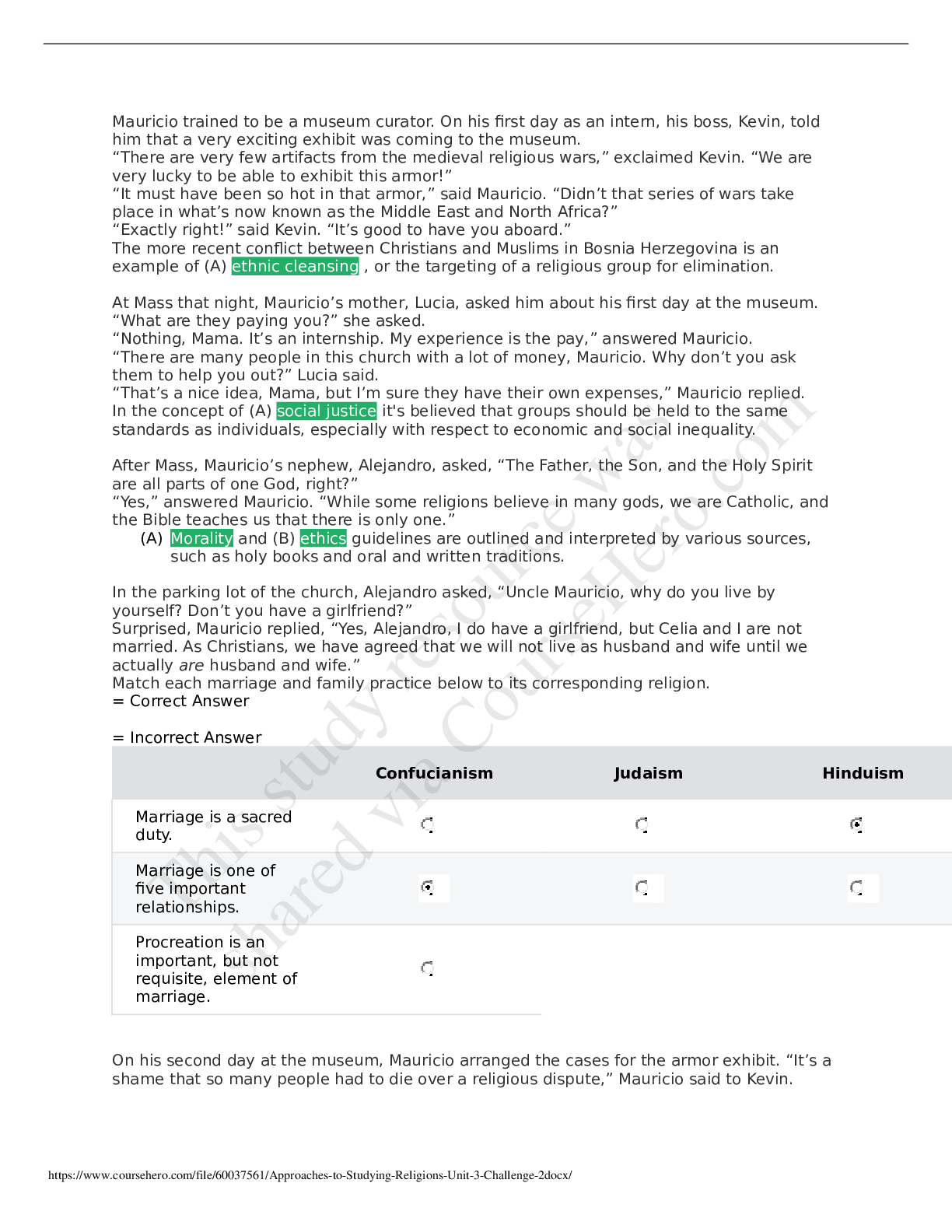
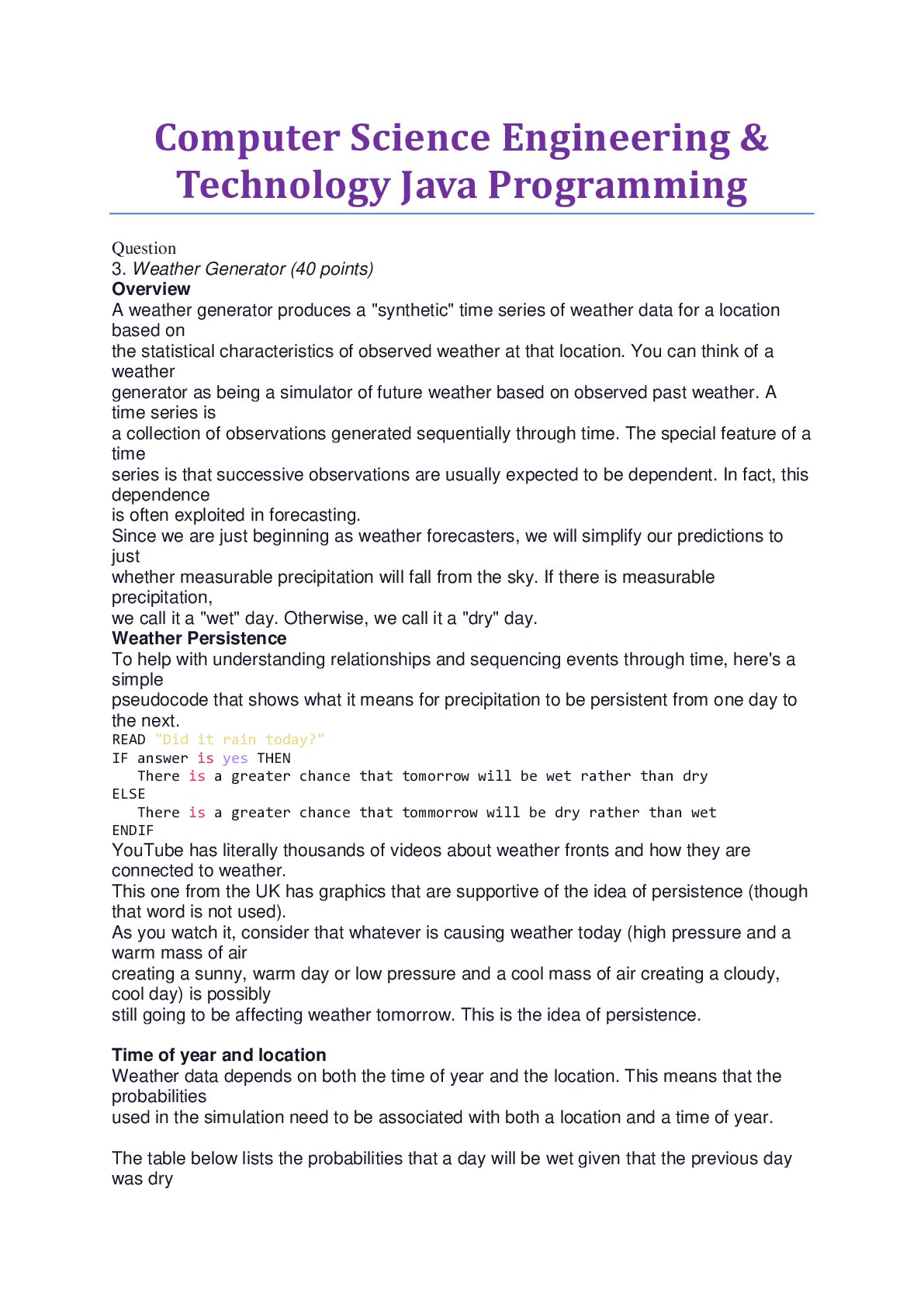

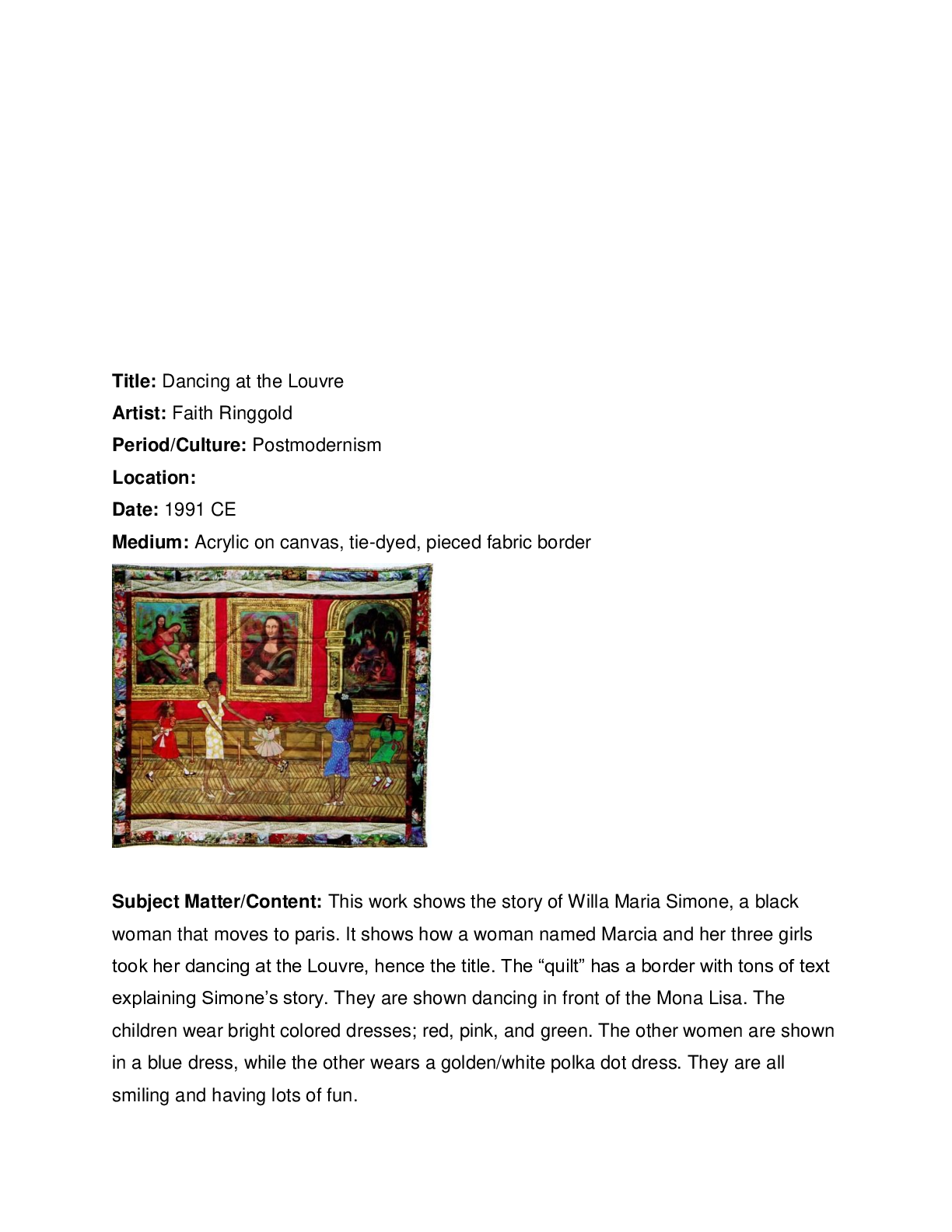
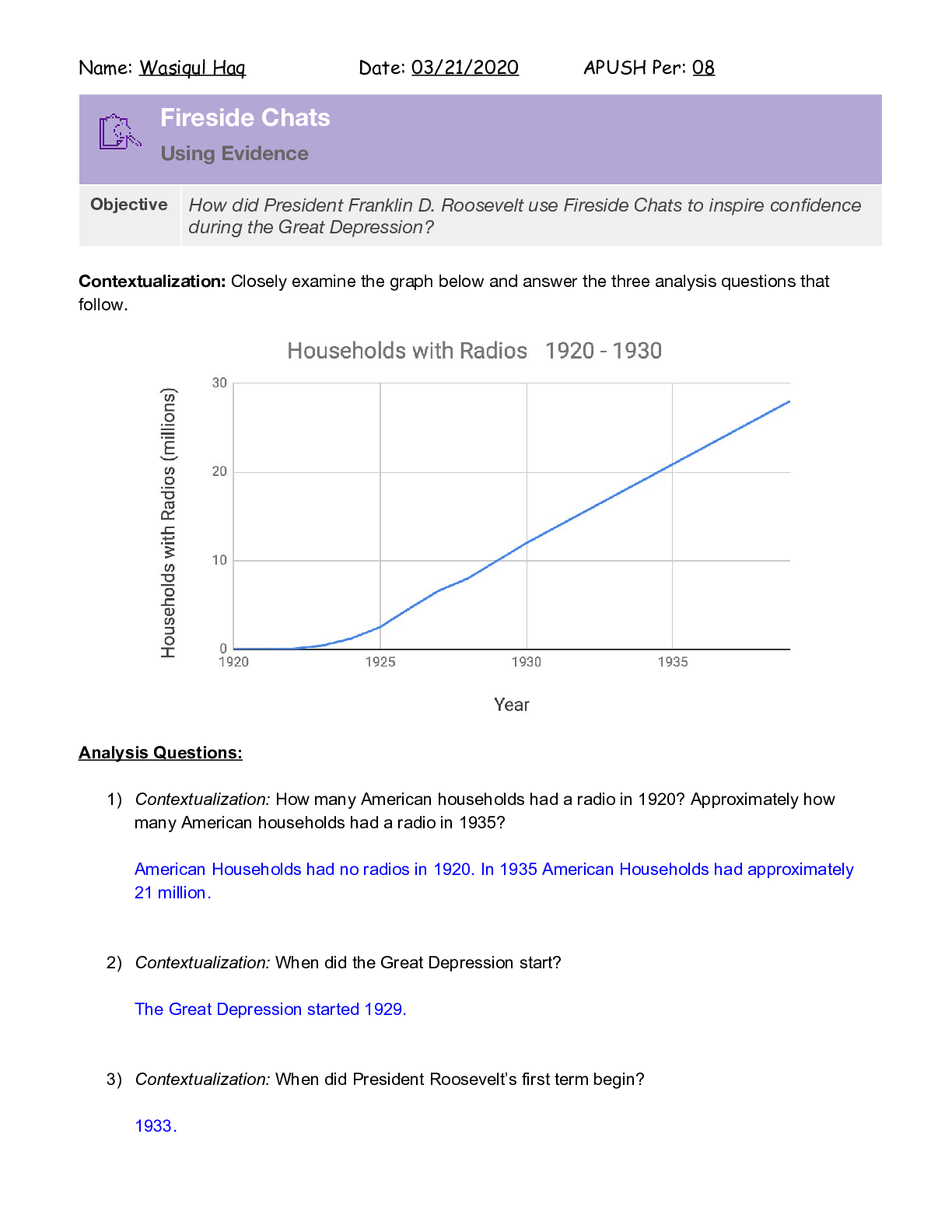

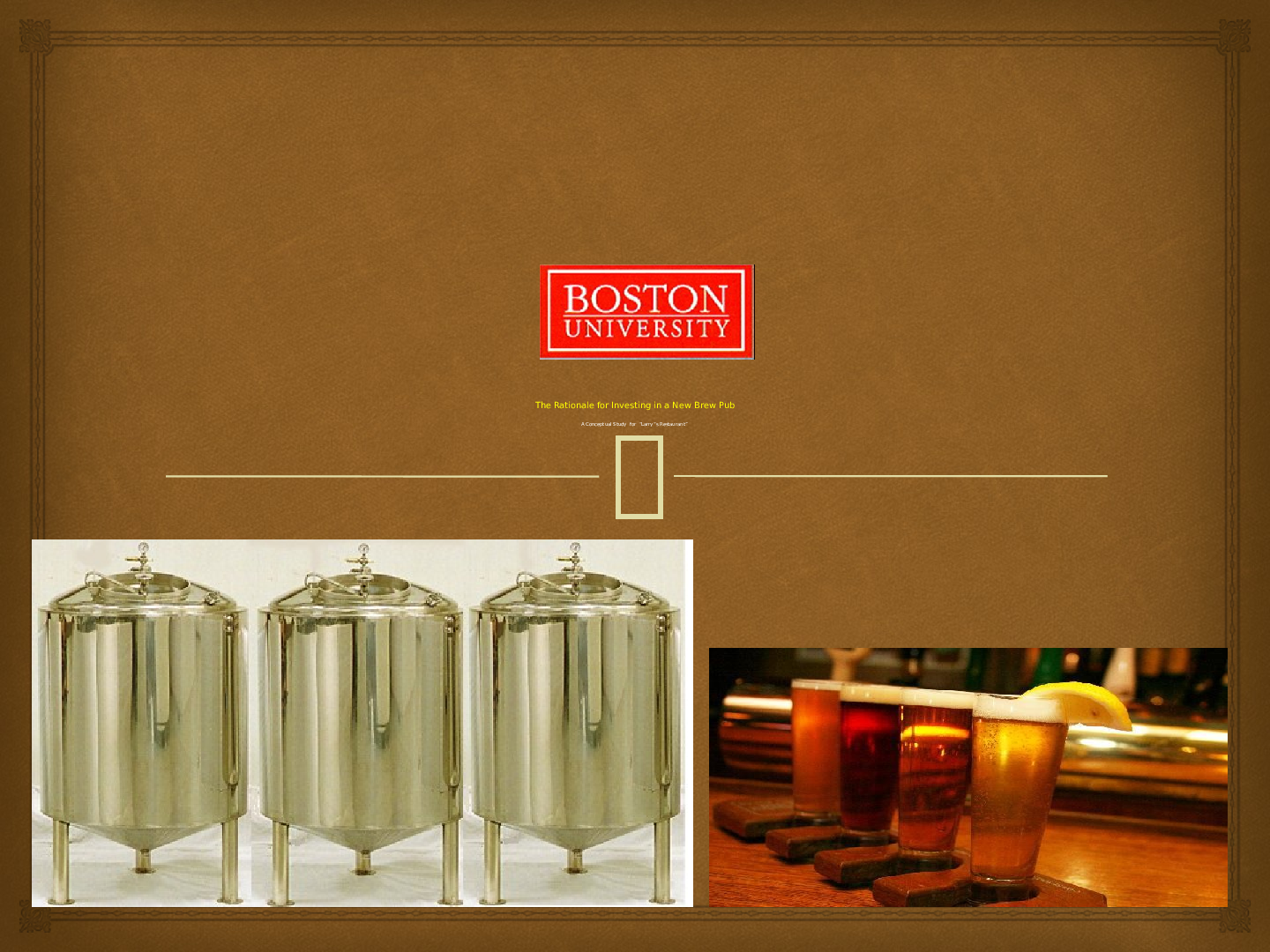



.png)
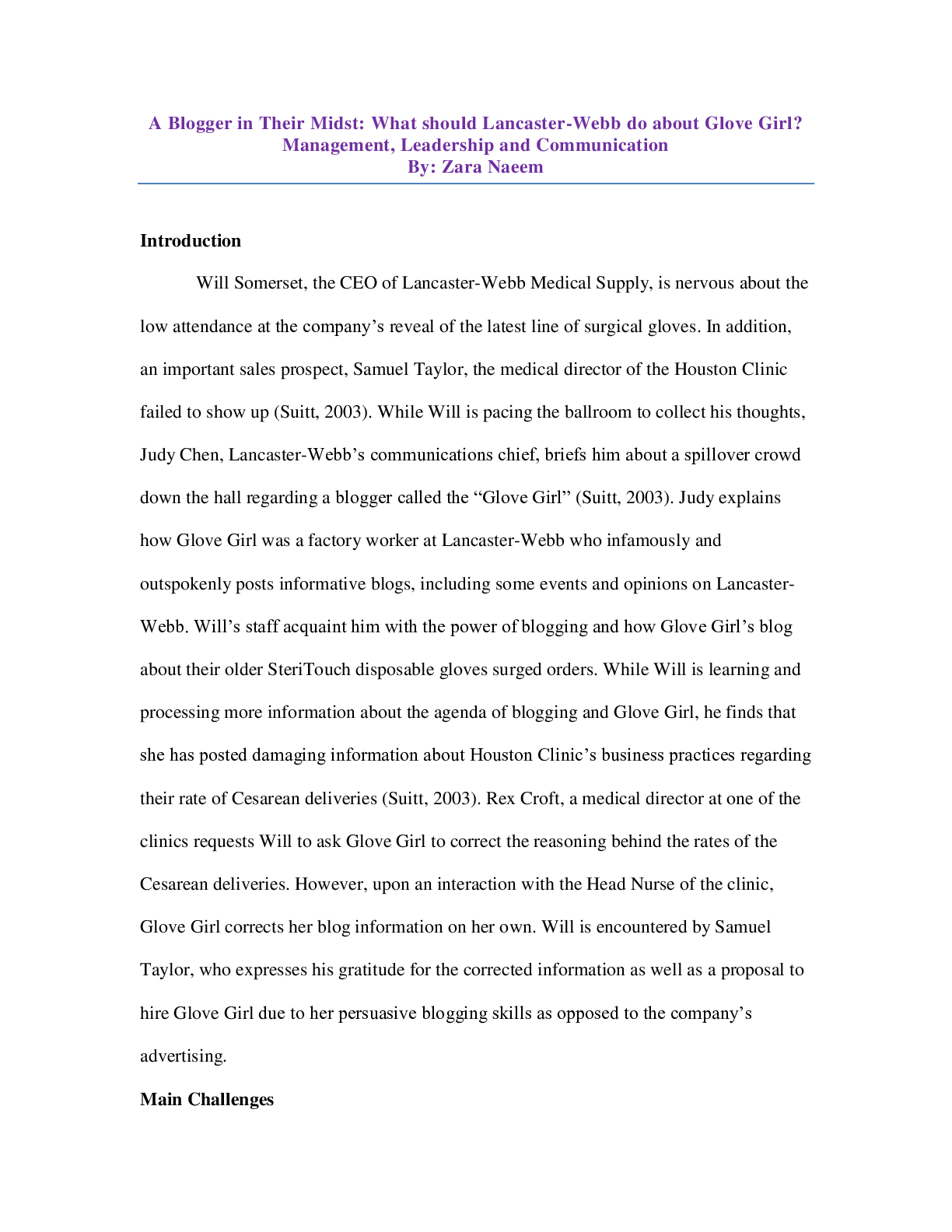
.png)
.png)
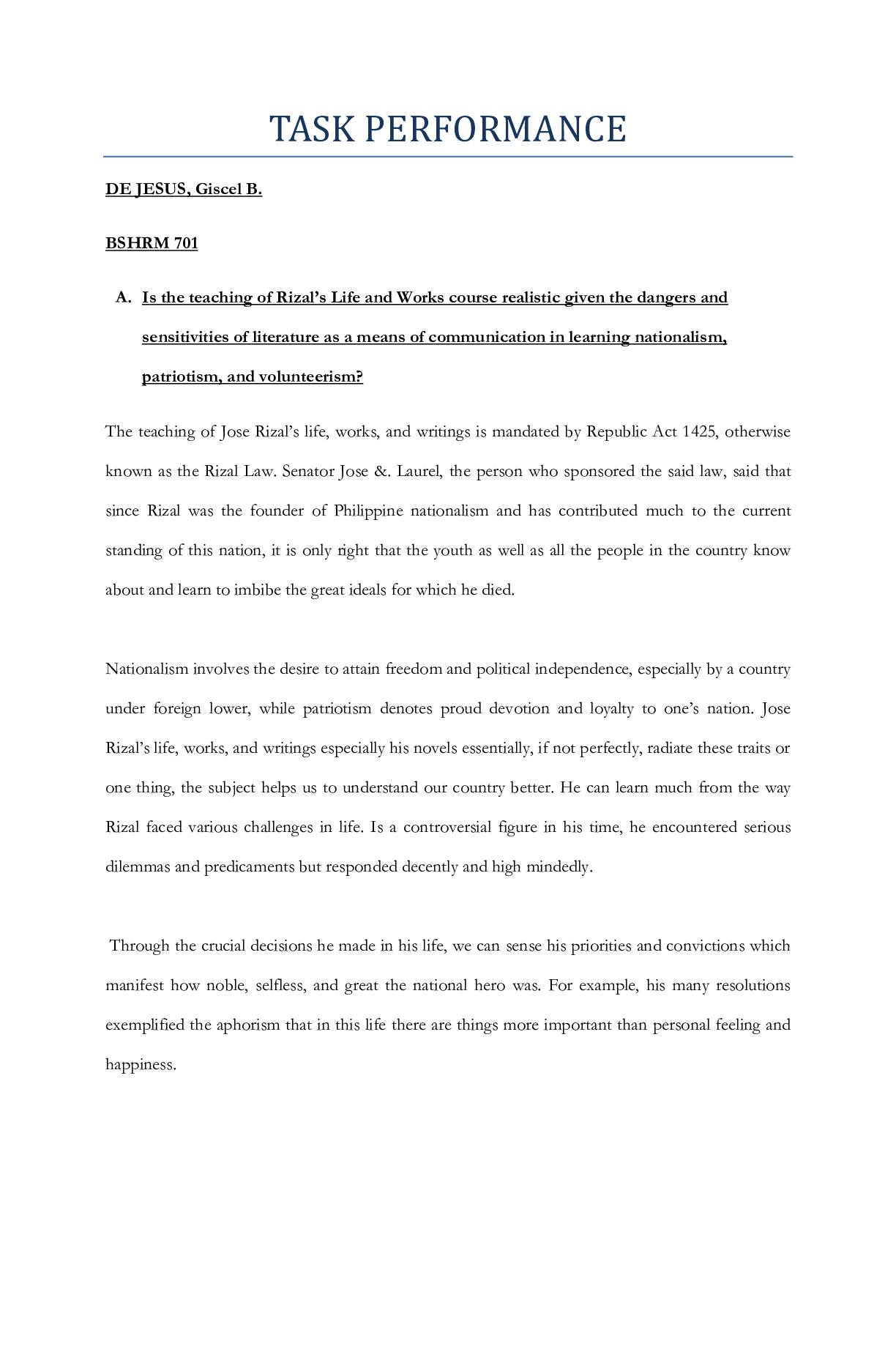

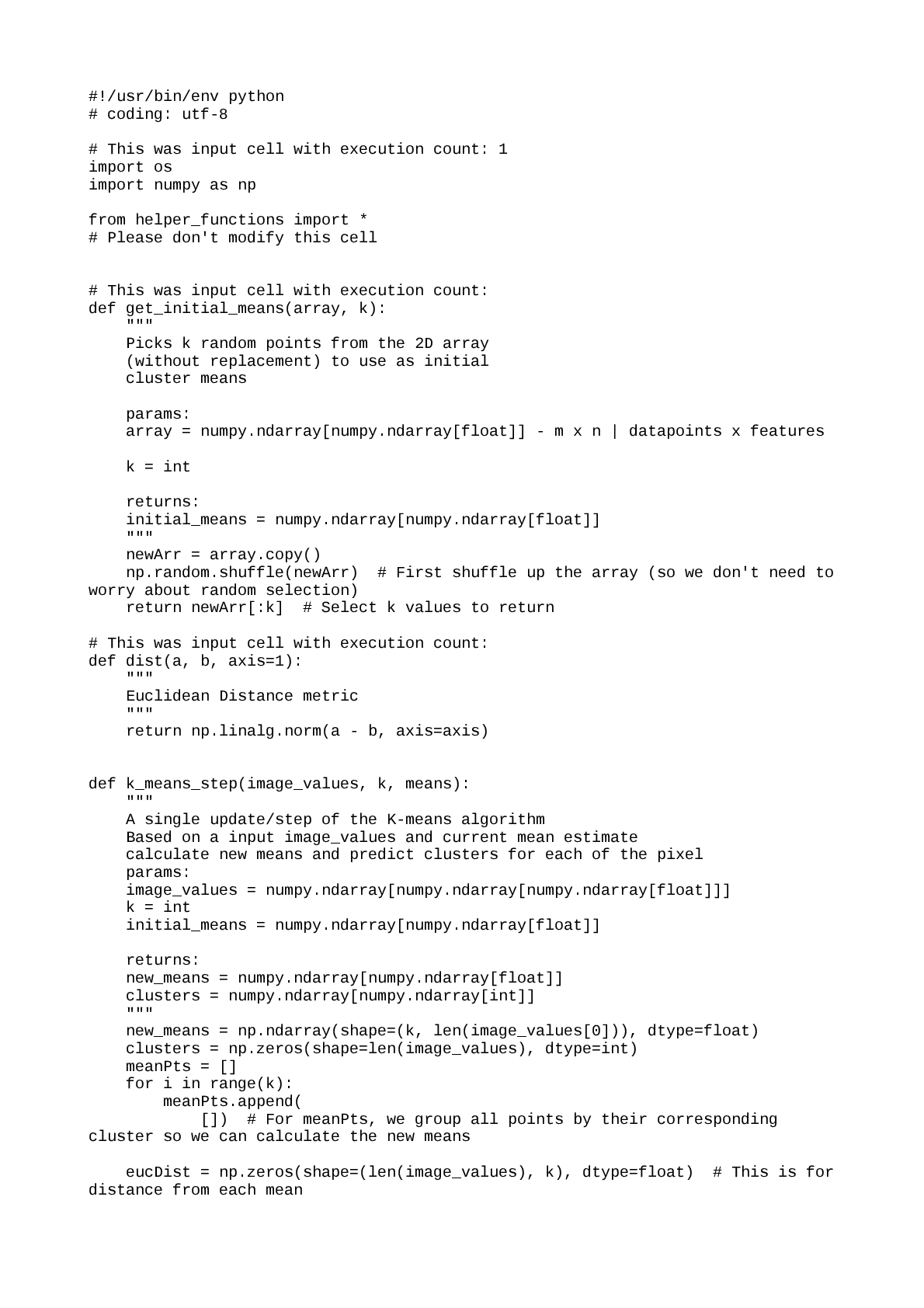
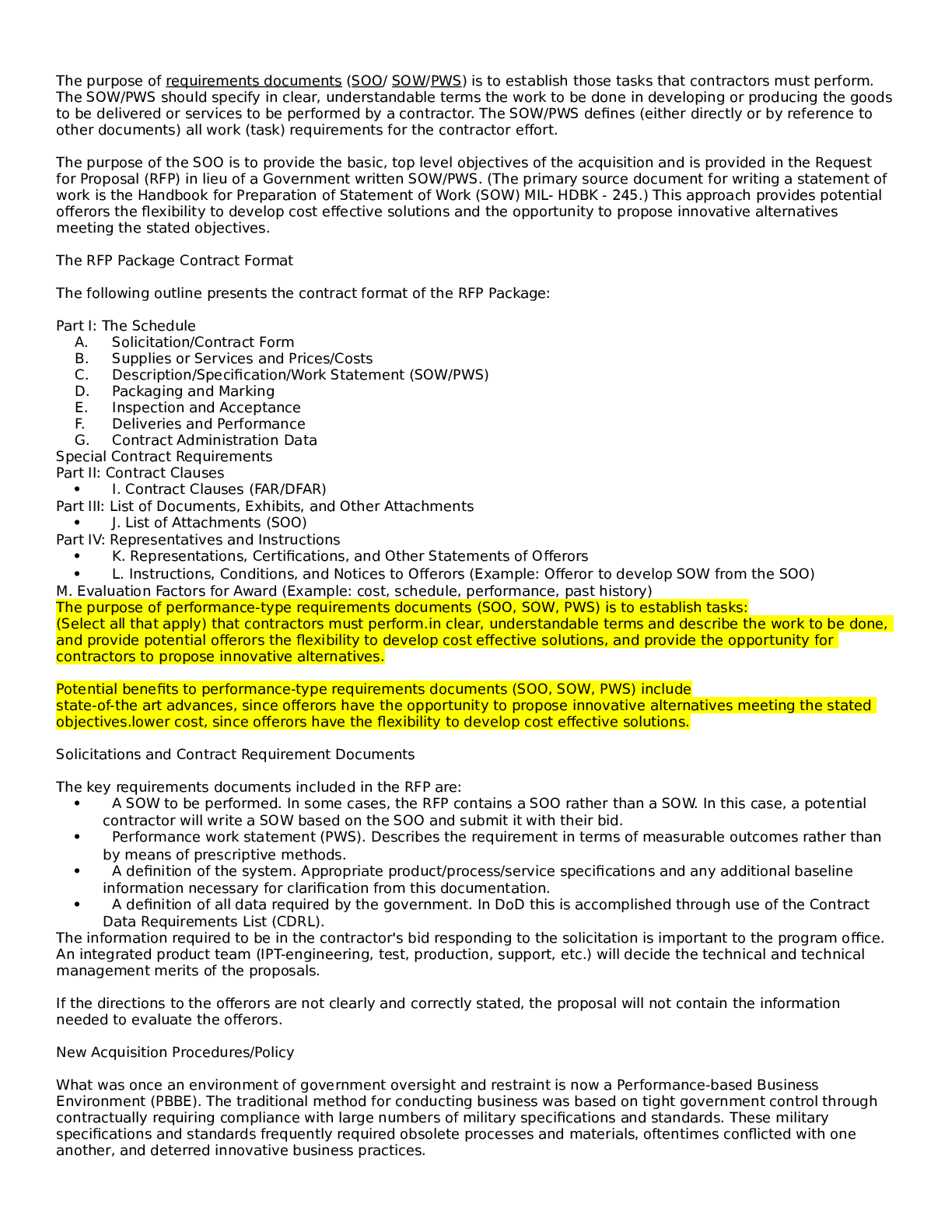
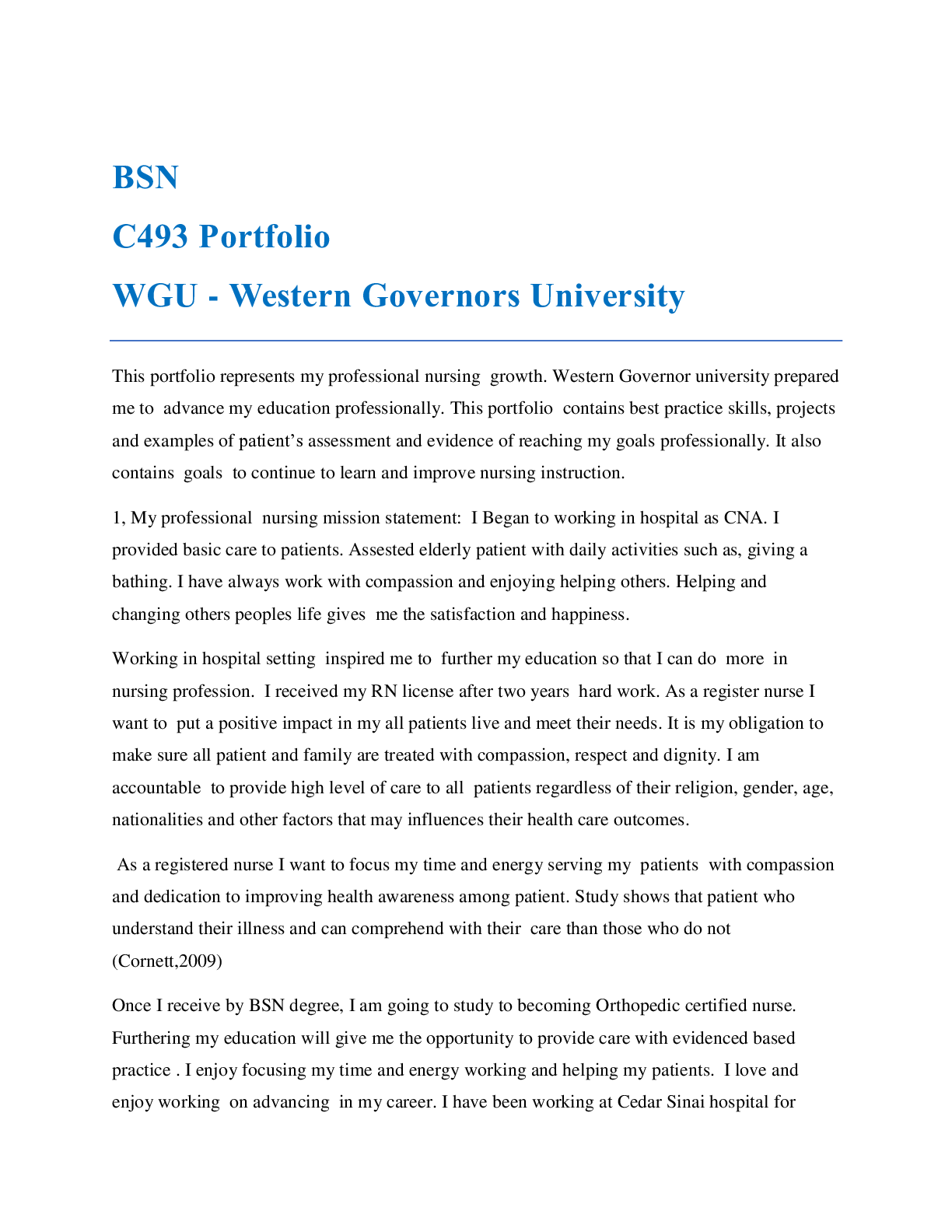
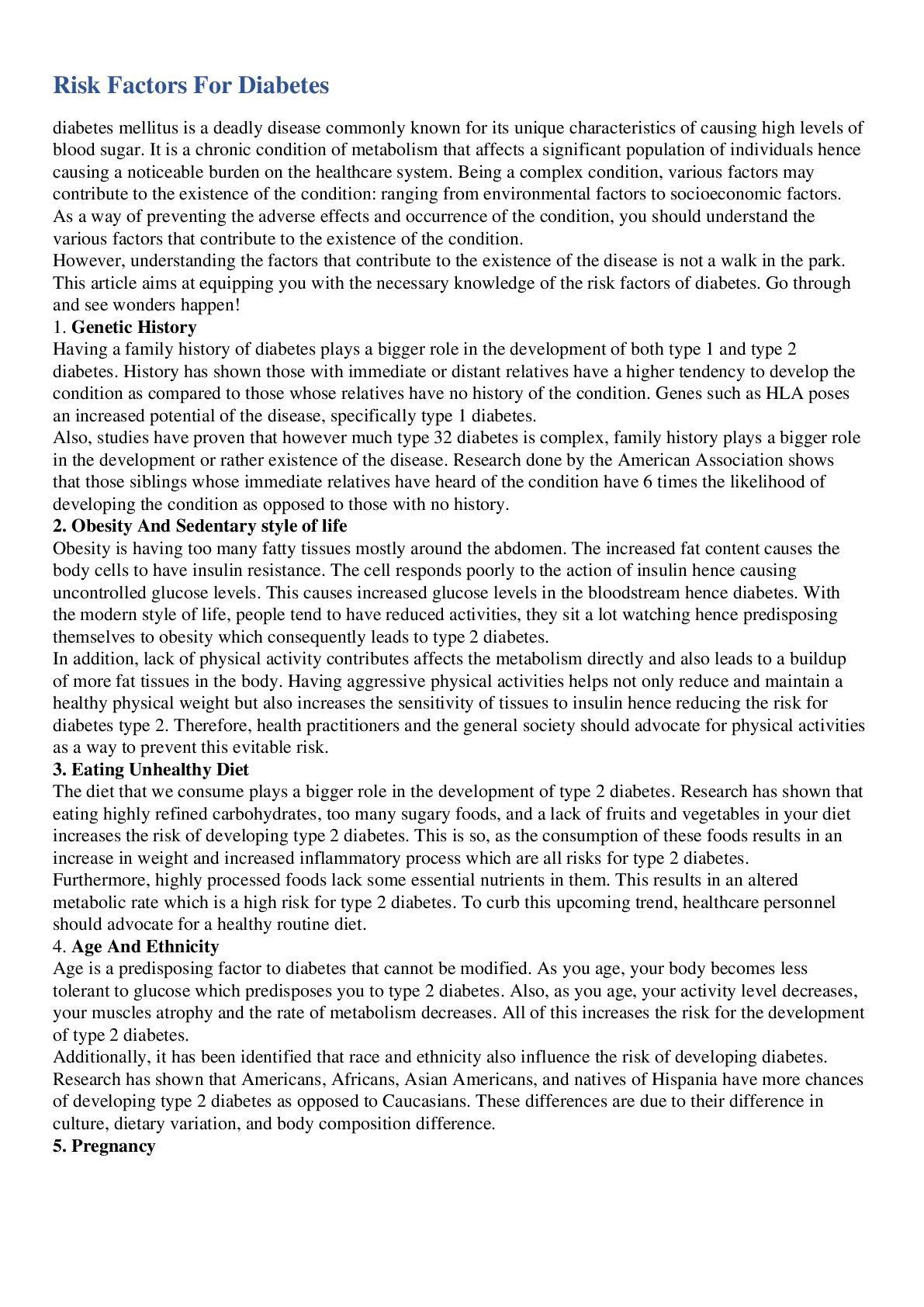
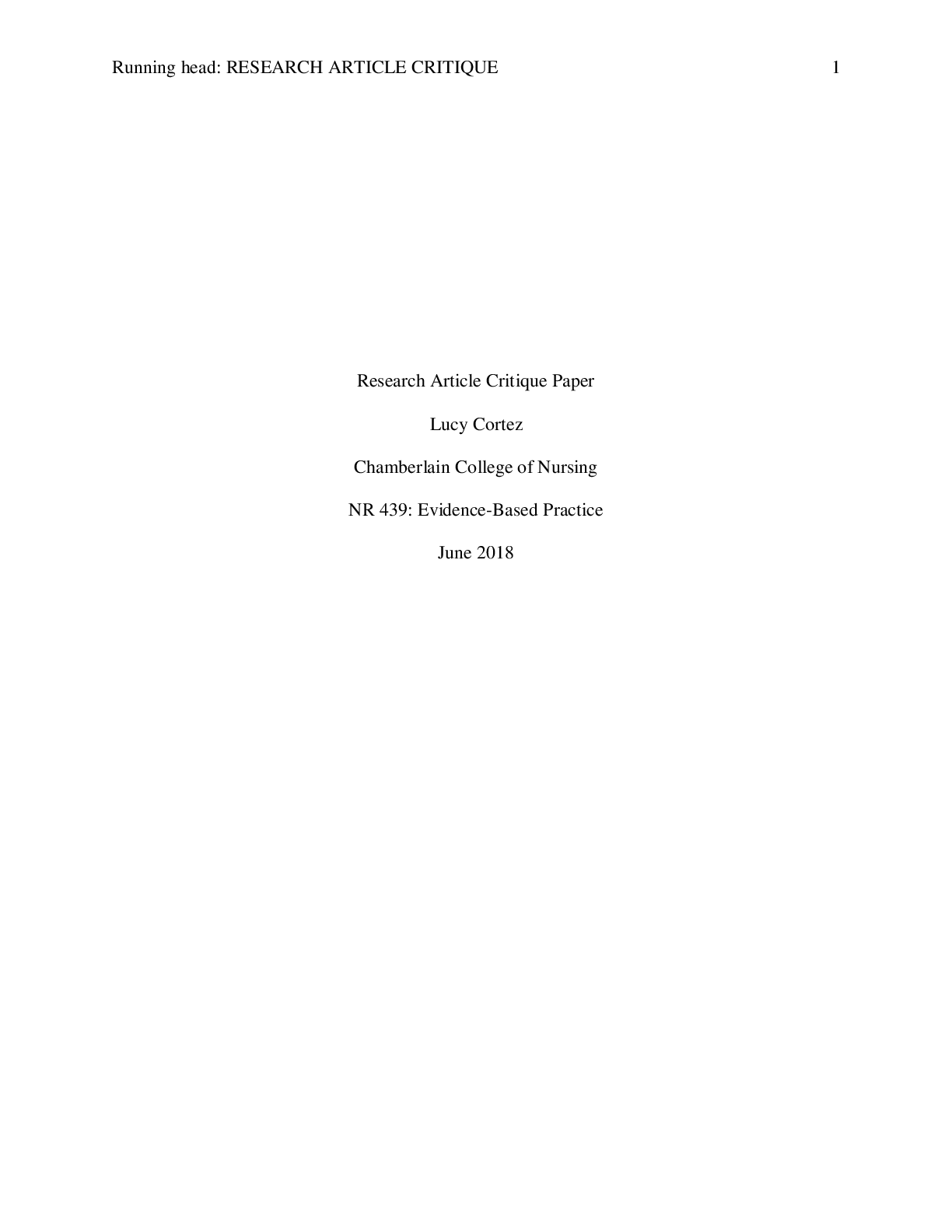
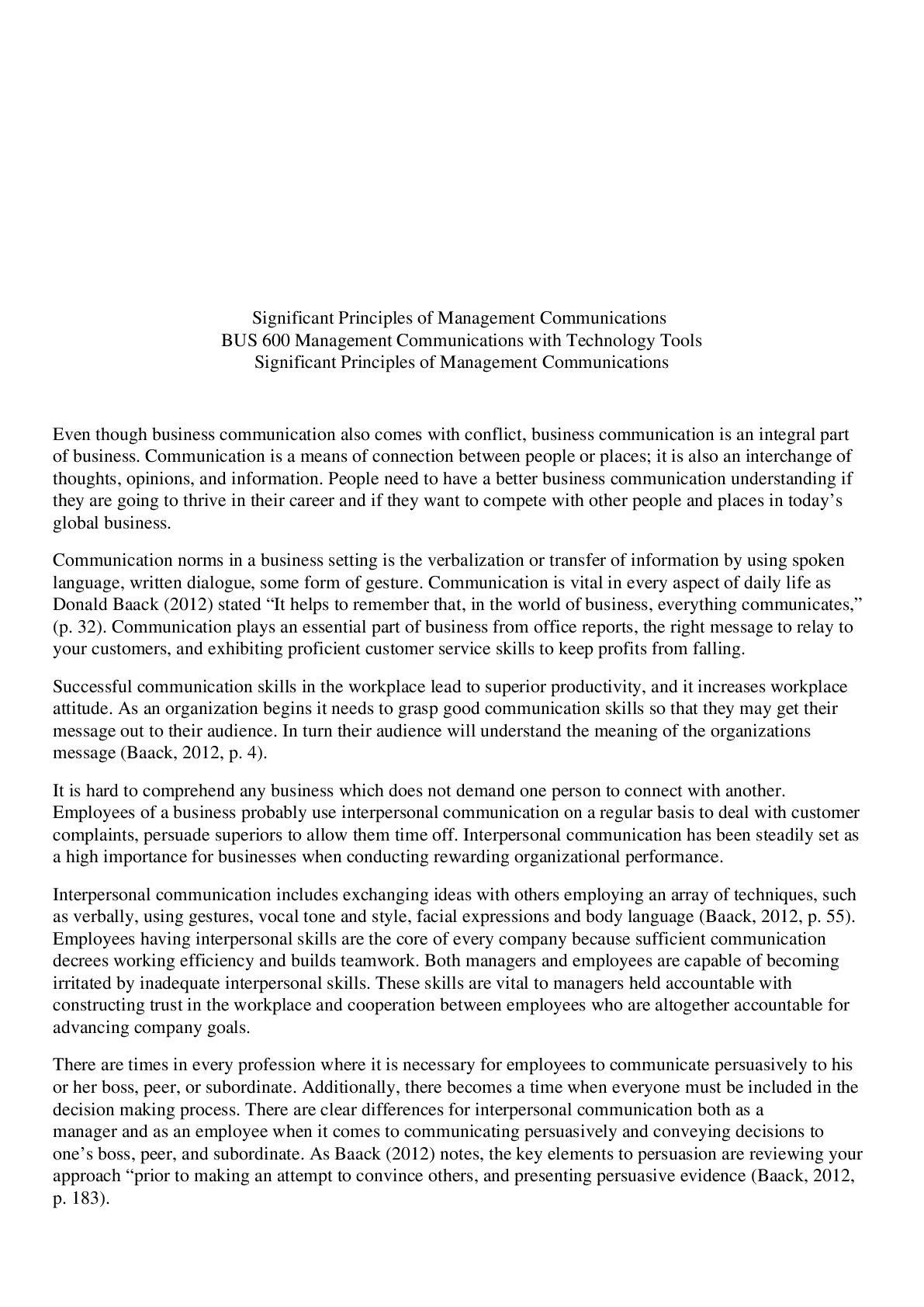
Interdisciplinary Paper.png)

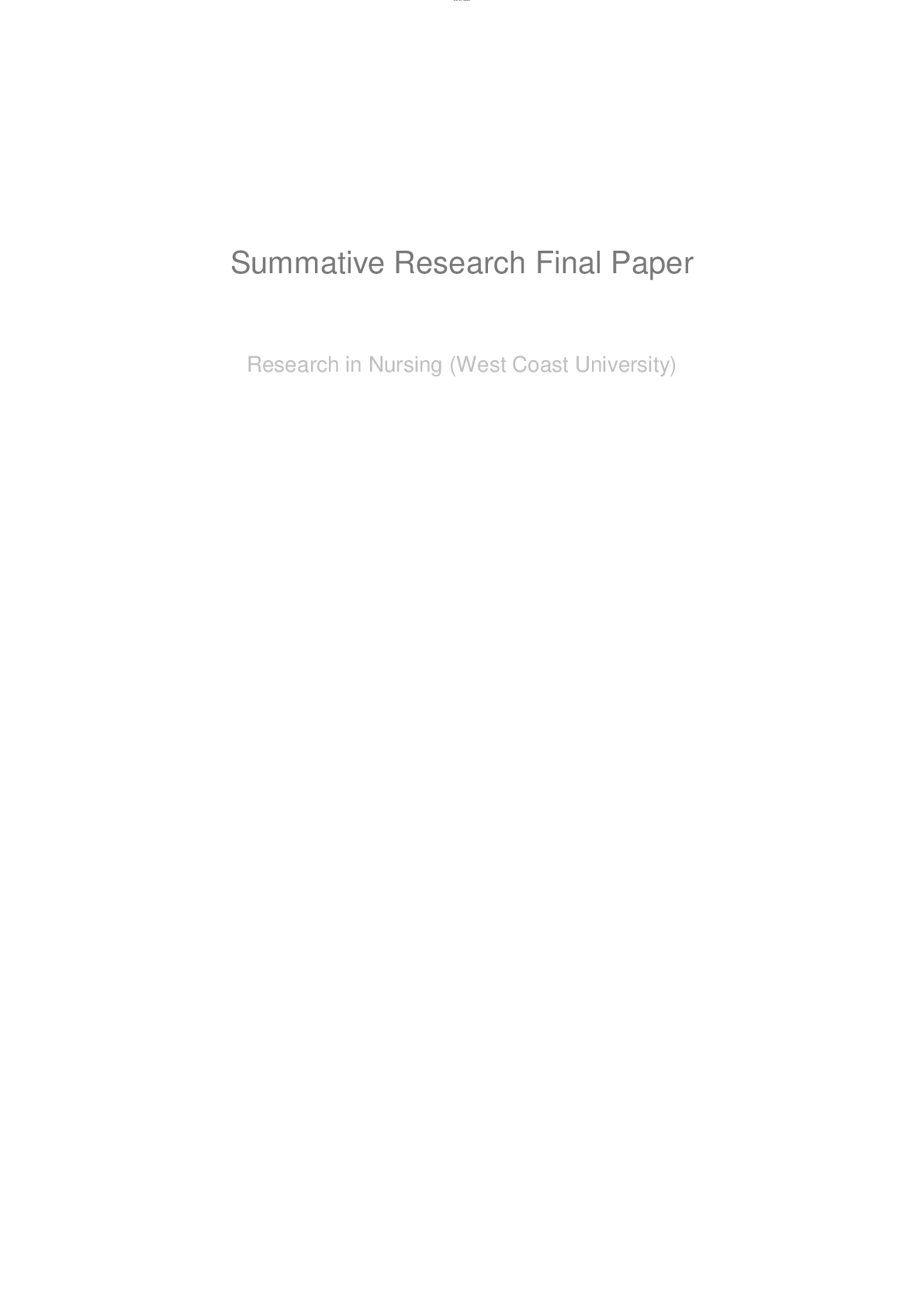
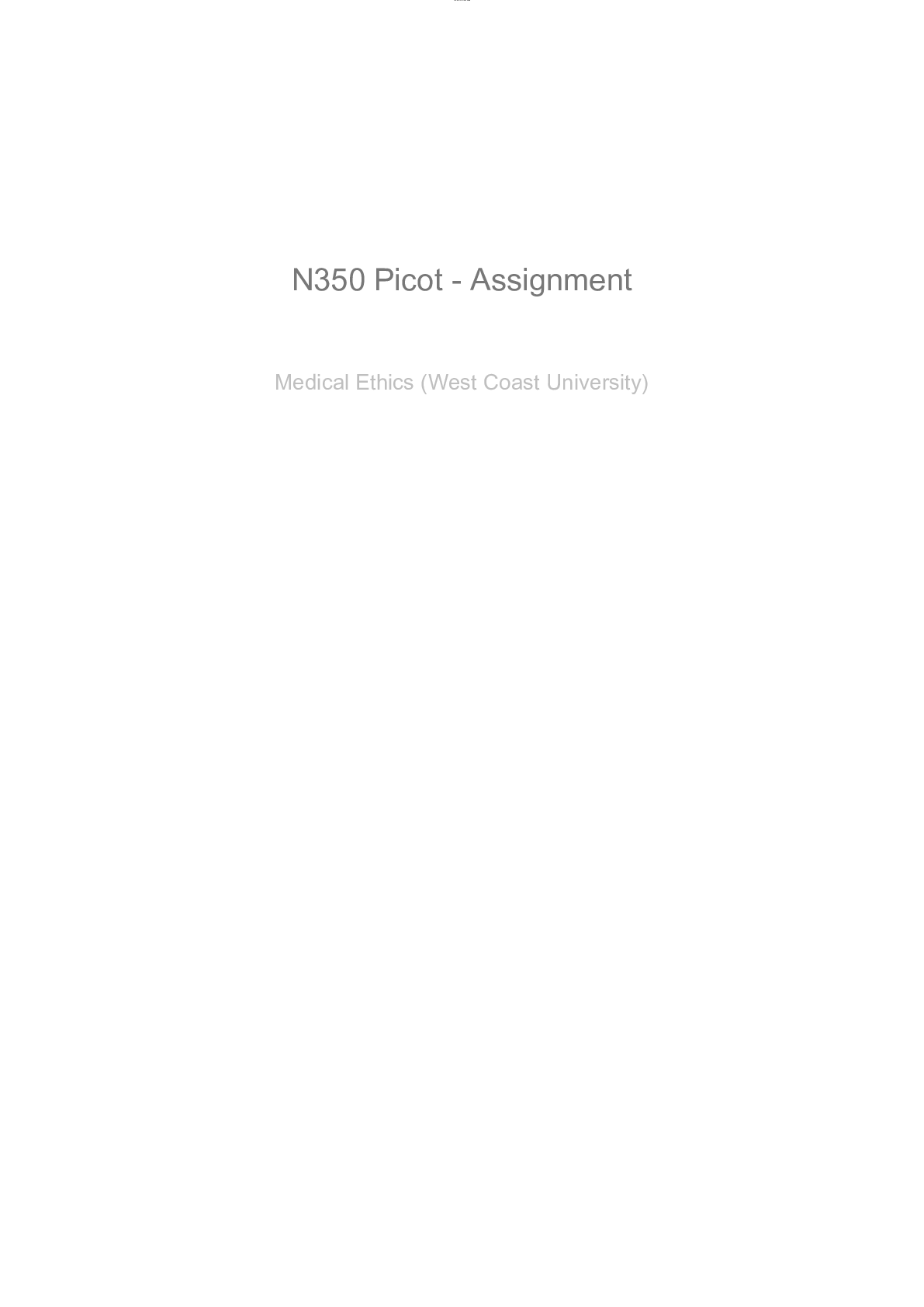
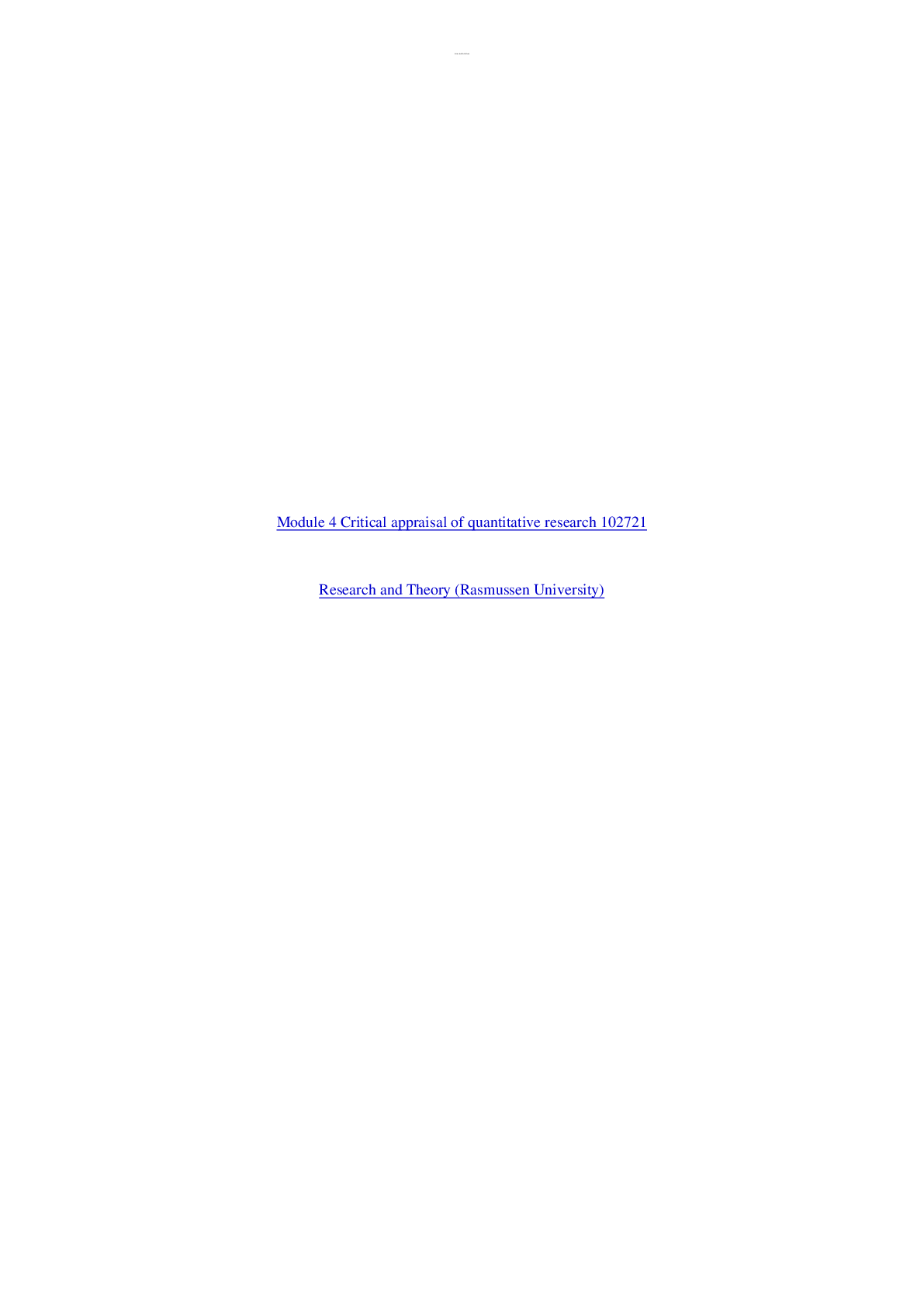

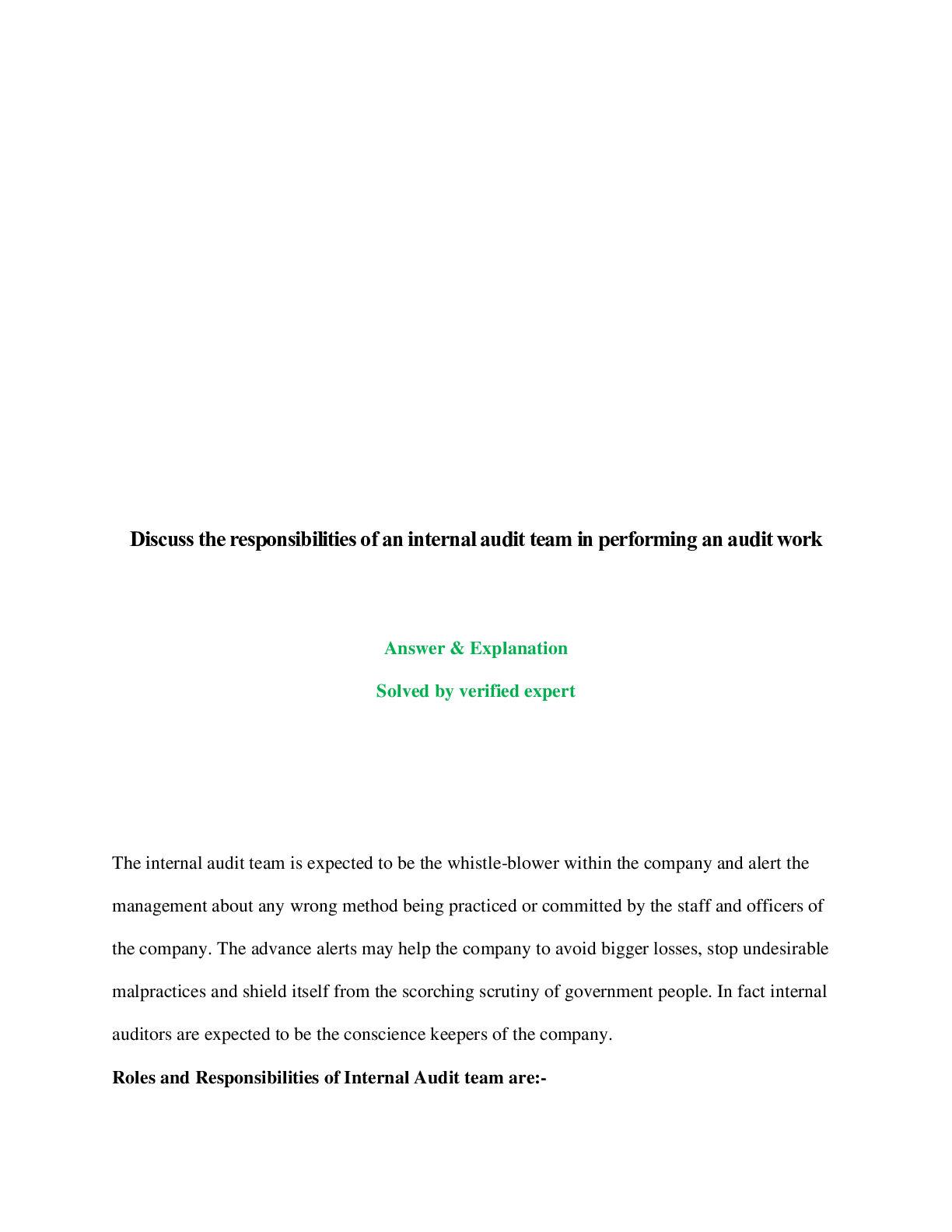




dfdfefe.png)

